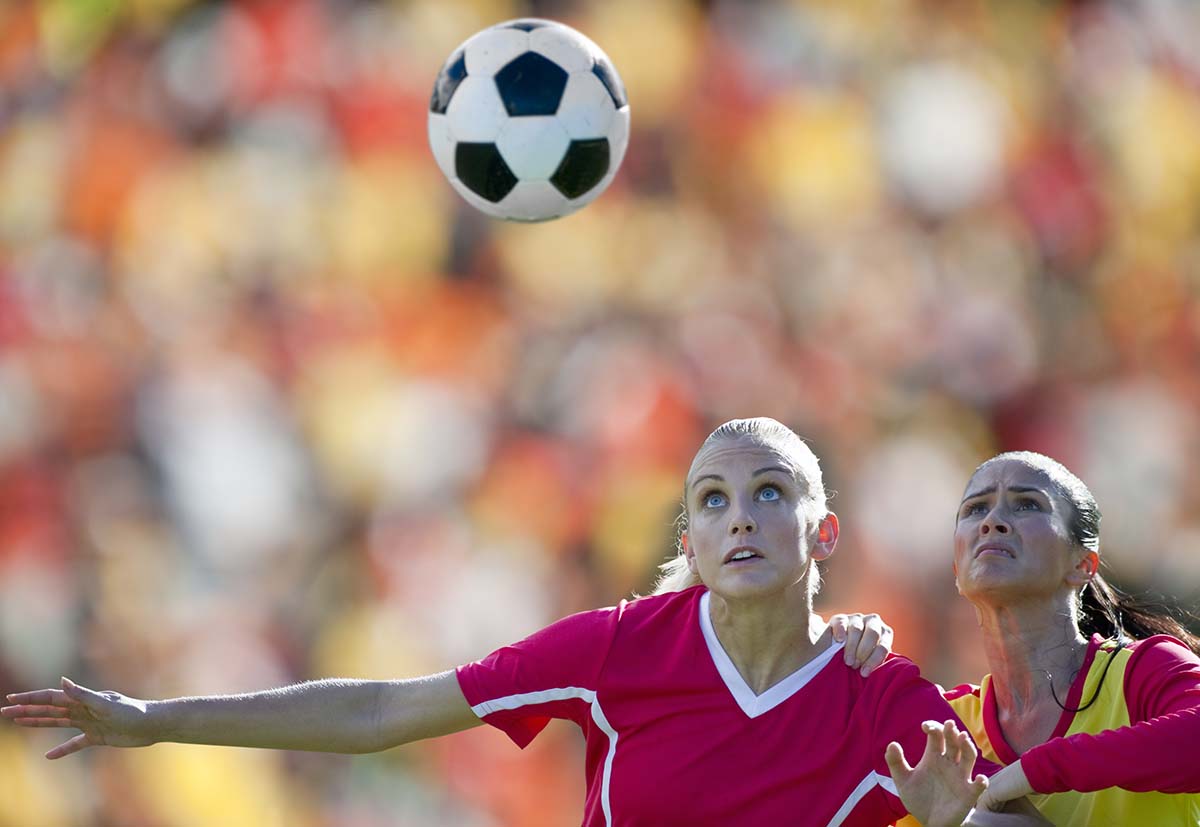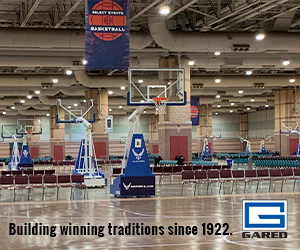Lofty Goals
Success on the global stage, high school participation fuel female soccer.

Although overall soccer participation has its challenges like any other team sport, the picture is bright at the high school level. The NFHS 2018-19 High School Athletics Survey reports that girls’ and boys’ soccer are each growing, albeit at different rates. At present, 12,000 high schools across the U.S. are involved in girls’ soccer, accommodating more than 394,000 female players, making soccer the fourth-most popular girls’ high school sport.
“Here in San Antonio, women’s soccer growth is great,” reports Courtney Ontiveros, administrator of The Soccer Factory, which operates two stores in San Antonio and one in Houston, TX. “In the past few years, we’ve been seeing more girls’ and women’s soccer — it doesn’t end after college. San Antonio now has three semi-pro women’s teams and this lets girls know that there are role models and helps shape what we’re trying to do — it’s about community and getting everyone to cheer for and support one another.
“Women’s soccer is strong and the U.S. national team is killing it,” she adds. “ But soccer is more than one tournament every four years — we need to keep up the momentum and keep pushing every day.”
Ontiveros is seeing an effort from major brands such as Adidas, Nike and Puma to promote female products. “There are lots of promos and the idea is to make female players feel special, not an afterthought to men,” she says.
While men’s branding is already big, she sees a need to emphasize the women’s business. “We use e-mail blasts and social media to build awareness, especially because every three to four months new products get launched. We do more on the marketing side to let women know there are women’s-specific products available.”
However, selling women’s-specific items can be challenging. “There’s still a stigma around women’s products, so we have to try to get people to understand that there are benefits to women’s cuts and styles,” Ontiveros explains.
For example, men’s shorts are usually cut longer and are narrower on the hips, which is not ideal for many female players. “We try to find a balance, such as understanding colors and realizing that not every woman wants pink or purple.”
Interestingly, many soccer shoe manufacturers have ceased making women’s-specific models, opting instead to create unisex versions in a larger array of colorways. In an unusual twist, Ontiveros observes that many guys are clamoring for soccer boots with hot pink trim, while lots of girls are gravitating to more traditional (read: male) black and red colorways.
“The key to selling is to keep an open mind to whatever the customer is looking for. The industry changes fast and it’s important to be aware of the trends. Also, manufacturers need to be open to new ideas,” she says.
Over at Soccer Plus USA, which operates one store each in Westerville and Dayton, OH, the business is divided nearly evenly between men and women, with a little bit of an edge going to females, says GM Tony Bertrams. “We expect sales to remain steady going forward and the products we carry generally sell themselves. We’ve seen a large uptick in women’s apparel sales during the World Cup and other major global events.”
Bertrams notes that the French Football Federation has proposed that the Women’s World Cup be held every two years, which he believes would be great for business. “It would be huge. It would help us sell more women’s product and I think the idea would be very well received,” he says. “Soccer is the only sport where girls are looking for replica jerseys of female players.”
Speaking of uniforms, “Just being able to offer a brand with a large selection of women’s-specific product is very helpful. It’s important to offer women’s sizing,” says Bertrams. He believes that manufacturers should continue to make women’s-specific product to help avoid fit issues.
Soccer Plus USA services the club business year-round, and also focuses on institutional, high school and college sales in the fall. “The business is growing every year and the sport is becoming more popular,” says Bertrams. “There are no negatives moving forward.”






